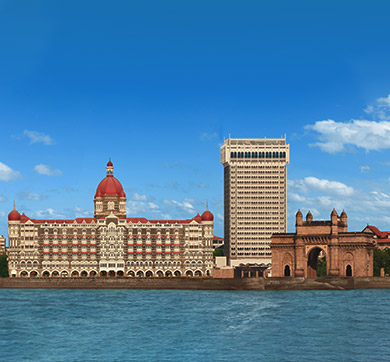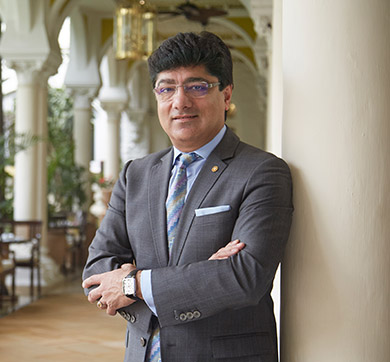March 2023 | 2252 words | 8-minute read
In 2022, the Taj was recognised both as the World’s Strongest Hotel Brand and India’s Strongest Brand by Brand Finance Hotels 50 Report 2022 and India 100 Report 2022, respectively. For the Indian Hotels Company Ltd (IHCL), the fastest growing hospitality company in India, this dual honour is as much a boost to their aspirations for the future as it is a recognition of the vision that Tata group Founder had for the company.
“Jamsetji Tata was a man who constantly had a plan, and he was part of the tremendous growth and industrialisation of Bombay as a new century began. After extensive travel abroad, Tata wanted his city to have a luxury hotel on par with those of the rest of the world, especially as tourism to India was beginning to increase. Without fanfare and using his own personal money and not that of his company, he bought a parcel of land in 1900 (technically via a 99-year lease from Britain) right up against Bombay’s harbour waters, and with the ceremonial breaking of a coconut and lighting of an oil lamp, construction on the hotel of his dreams began,” writes Sharada Dwivedi in her book The Taj at Apollo Bunder.
In 1902, IHCL, the parent organisation of the Taj, was incorporated. In many ways, the company’s aspirations since then have linked to the very essence of the name the Founder chose to call it, for he wanted the world to experience the quintessential ‘Indian’ hospitality.

“We are very proud that Taj has been recognised as the World’s Strongest Hotel Brand for two years in a row. This reaffirms Taj as the most acclaimed benchmark of excellence in the industry globally. With travellers increasingly gravitating towards brands that not only epitomise the essence of world-class luxury but also follow responsible business practices, Taj is well poised to pave the future of hospitality.”
—Puneet Chhatwal, MD & CEO, IHCL
Bringing the best to India
Not only did Jamsetji commission leading architects to design the hotel he also personally supervised its construction, even ordering the same steel that was used to construct the Eiffel Tower in Paris for the 10 pillars of the hotel’s Grand Ballroom. He procured the finest modern amenities for the hotel from his travels around the world — including fans from the United States, elevators from Germany and Turkish baths — and recruited the best of talent, including French chefs and British butlers.
He built for India a hotel that was “Second to none, East of the Suez”. And when The Taj Mahal Palace, Mumbai opened its doors on December 16, 1903, it received everyone — standing tall in the face of the many inherent discriminations of the colonial rule.
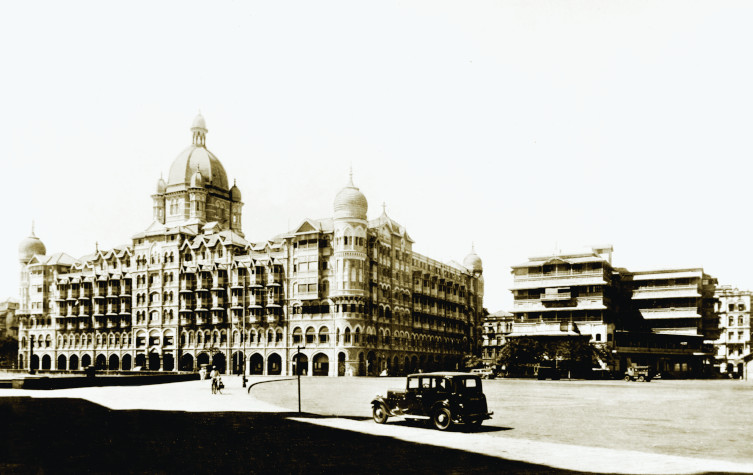
The years that followed have seen generations of royals and statesmen, rockstars and actors, and legends of all ilk choose the Taj. It has been the choice for the first man on the moon, Neil Armstrong; iconic writers like George Bernard Shaw, Somerset Maugham and VS Naipaul; filmmakers like Alfred Hitchcock; maestros like John Lennon, Zubin Mehta and Mick Jagger; celebrities like Gregory Peck and Oprah Winfrey; and world leaders like Barack Obama. It has also been a consistent bucket-list destination for Indians as well as travellers arriving in Mumbai from different corners of the world.
Taj, the House of Firsts
- 1st luxury hotel of India
- 1st Indian hotel with electricity
- 1st Indian hotel to put in electric lifts, telephones in every room and an ice machine
- 1st liquor licence of Mumbai — numbered 001 — issued for the Harbour Bar
- 1st nightclub in India
- 1st Sichuan restaurant in India, The Golden Dragon
- 1st authentic Japanese restaurant in India, Wasabi
- 1st fine dining restaurant, Zodiac Gril
- 1st 24/7coffee shop, Shamiana
- 1st business club of India, The Chambers
- 1st building in India to be registered under the Image Trademark for its exterior design
India and the Taj
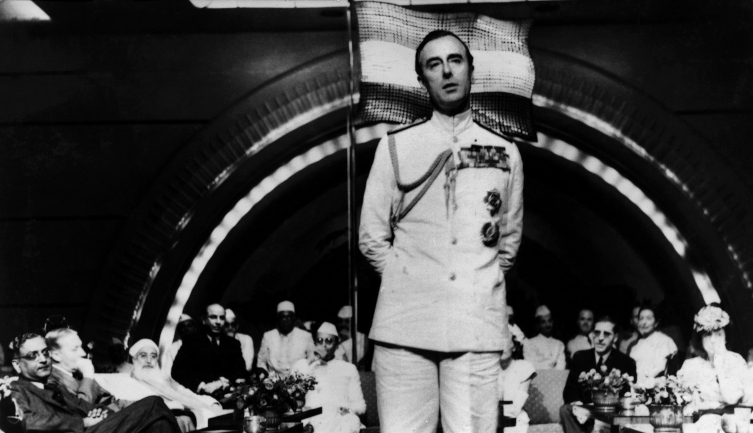
The opening of the Taj and its remarkable growth ran parallel to India’s march towards freedom.
The Taj was the chosen venue for meetings among prominent leaders of the freedom movement, including Mahatma Gandhi, Jawaharlal Nehru and Subhas Chandra Bose. Noted poet and freedom fighter Sarojini Naidu had a suite at the hotel for almost three decades where she entertained guests and even brokered peace between leaders of the freedom movement.
On January 1, 1916, at a historic meeting held at the Taj, a joint declaration — stating that after World War I, India should be lifted from the position of dependency to that of an equal partner in the empire with self-governing dominions — was inked by a newly formed alliance between the Indian National Congress and the All-India Muslim League.
And it was from the steps of the Taj that Lord Mountbatten, the first Governor-General of independent India, bid adieu to India, signifying the end of British dominion and the beginning of independent India.
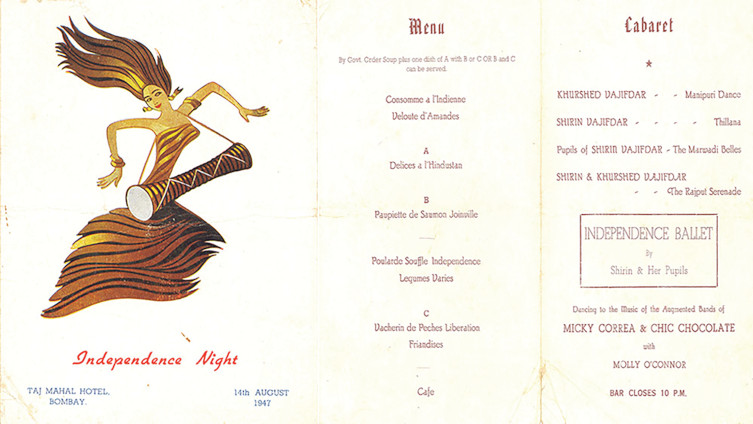
Creator of tourist destinations
Today, IHCL is India’s largest hospitality company, offering a range of unique Indian experiences from luxury safaris to regal indulgences. It has been instrumental in catapulting several regions of the country to the global tourism map.
The company recognised the tourism potential of Rajasthan early. Since the 1970s, it has opened 22 hotels in the state with eight more in the pipeline. Rajasthan today contributes nearly 11.2 percent and 3.3 percent share in India's foreign and domestic tourist arrivals, respectively.
Goa, another sought-after tourist destination, owes its popularity in part to IHCL. In 1971, the state invited the company to explore its unrealised potential. After traversing miles of the coast, the company chose Fort Aguada, a barren outcrop of rock jutting into the sea with a seven-mile strip of sand. Taj Fort Aguada opened in 1974. Today, IHCL has the largest hospitality presence in Goa with a suite of offerings at its 13 hotels across its brands. Tourism is one of Goa’s leading industries, contributing over 16 percent to the state’s GDP and generating over 40 percent of its jobs.
IHCL also forayed into South India in the early ’70s with the Taj Coromandel and Taj Fisherman’s Cove Resort & Spa in Chennai, and Taj West End, Bengaluru. In 1986, it turned to ‘God’s own country’, Kerala; with the opening of Taj Malabar, it helped popularised Kerala as a tourist destination. Today, tourism contributes to 10 percent of Kerala’s GDP and 23.5 percent to the total employment in Kerala.
In 2018, it became the first luxury hotel to arrive in the Andaman Islands. The Taj Exotica Resort & Spa, Andamans was constructed with utmost care to preserve the natural ecosystem of forest and mangroves; not a single tree was felled. It was also India’s first zero single-use plastic hotel.
IHCL’s quest for unexplored destinations continues with the addition of 30 hotels at new destinations across India in the last five years. Diu and Lakshadweep are on the cards. It is also keen on developing the tourism potential of northeast India with the launch of Vivanta Pakyong in Sikkim and upcoming hotels in Gangtok, Shillong (Meghalaya) and Tawang (Arunachal Pradesh).
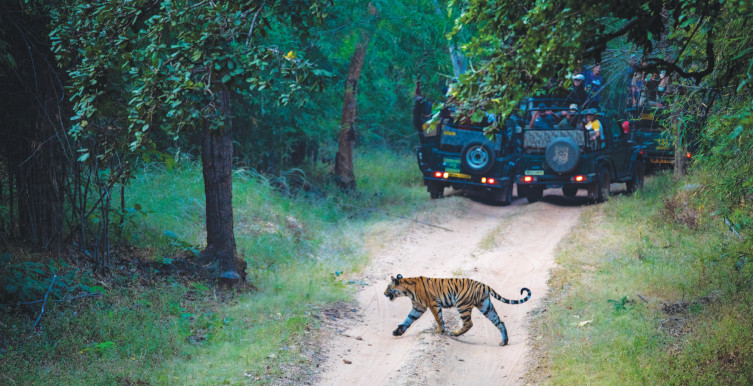
Unique India experiences
Taj Palaces
IHCL is considered a custodian of India’s royal heritage. Starting from the 1970s with the Taj Lake Palace in Udaipur, it now manages 11 of India’s erstwhile palaces, some of them dating as far back as the 1700s. Among these are the Rambagh Palace in Jaipur, Umaid Bhavan in Jodhpur, and the Taj Falaknuma Palace in Hyderabad. Palace by palace — IHCL has built a reputation as a company that preserves the rich history entrusted to its care; it spent a decade restoring Falaknuma.
Taj Safaris
Launched in 2006, this was India’s first luxury tiger safari circuit. It’s presence has helped the jungles of Central India with the historical reintroduction of the Gaur and the jungles of Panna with the repopulation of tigers.
Divinity Trails
IHCL’s forayed into religious tourism with Varanasi — the world’s oldest living city situated on the banks of the Ganga — at a time when this industry was largely untapped. The Taj Ganges paved the way for the company’s spiritual circuit, spanning many hotels in key religious destinations of the country and this number is growing.
The company is now expanding this experience overseas with its first hotel in Saudi Arabia being built in Mecca, which host 6 million+ pilgrims annually.
The Masters and their Art
IHCL has the largest collection of Indian art, including museum worthy pieces. These masterpieces bear the names of the country’s most renowned artists, MF Husain, SH Raza, Jamini Roy, Tyeb Mehta, KH Ara, Jehangir Sabavala, Bose Krishnamachari, VS Gaitonde, Amrita Sher-Gil, Ram Kumar, to name a few. Did you know that three Gaitonde paintings from The Taj Mahal Palace, Mumbai were lent to the Guggenheim Museum to exhibit in New York and Venice?
More importantly, IHCL displays several of these masterpieces at its signature hotels to share the joy or art with its visitors.
Cultural Heritage
Since 2008, IHCL has been engaged in reviving the weaves of Varanasi, including by retailing them at Khazana outlets, IHCL’s in-house lifestyle store.
In an industry-first collaboration, IHCL is working with UNESCO to promote Intangible Cultural Heritage (ICH) projects across operating geographies. It gives travellers a chance to experience a variety of ICH and also uplifts local communities with an additional source of livelihood.
Culinary Traditions
IHCL is also known for introducing regional cuisines to the mainstream, which in turn supports giving back to local communities through sourcing of local produce and ingredients. The Mopla cuisine in Calicut, Thanjavaur cuisine in Chennai and Varhadi cuisine in Pune are just a few examples of how Taj infuses authentic local flavours into the guest experience.
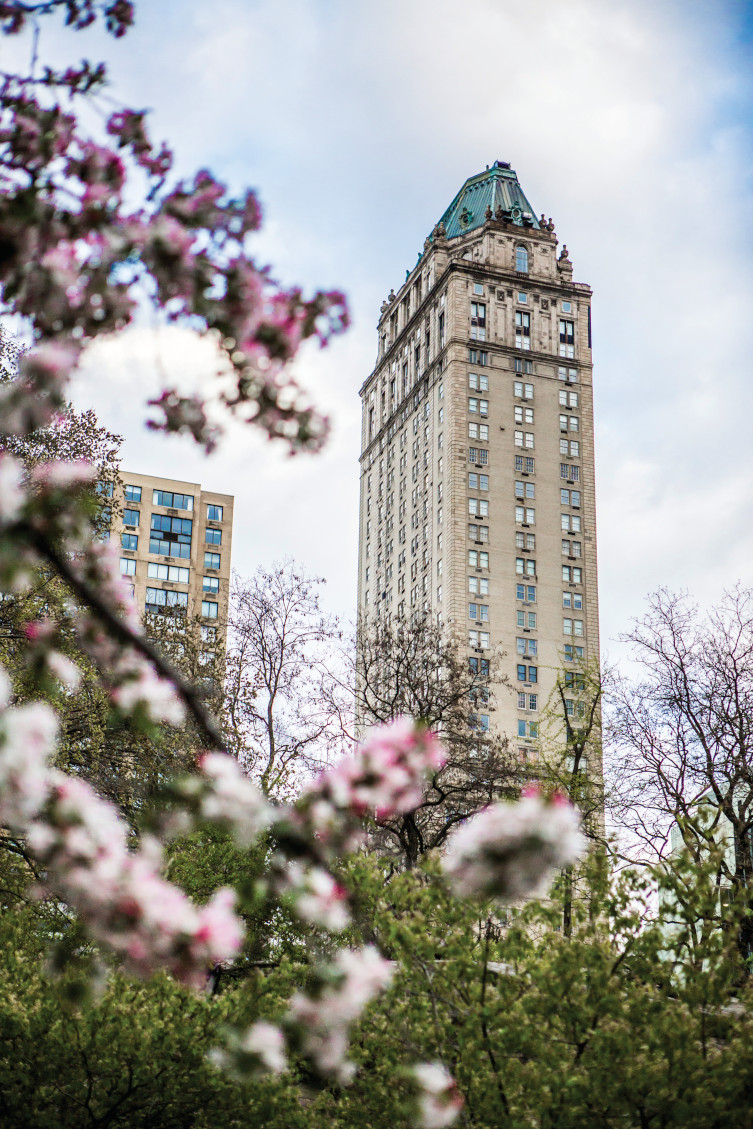
Global destinations, global leader
IHCL is also the only Indian hospitality company with a presence in four continents, 11 countries and 100+ locations.
It ventured beyond Indian shores in 1979 with the opening of the Taj Sheba Hotel in Sana'a Yemen. In 1982, it acquired interests in St James Court and 51 Buckingham Gate Luxury Suites and Apartments in London. In 1998, it consolidated its position in Sri Lanka with the opening of Taj Exotica Bentota; it now also has a presence in Colombo with Taj Samudra. In 2015, after establishing itself in the UAE with Taj Dubai, it expanded its presence to the Taj Jumeirah Lakes Towers and Taj Exotica Resort & Spa, The Palm. In 2005, the company entered the US market by acquiring the lease of The Pierre in New York and expanded to the Taj Campton Place in San Francisco in 2007. IHCL has also expanded its presence in South Africa, Zambia, Bhutan, Nepal, and the Maldives.
Through these hotels, IHCL has not only taken the best of Indian hospitality to the world but also the best of Indian cuisines, including the Michelin-starred Quilon at Taj 51 Buckingham Gate Suites and Residences, London, which has retained the rating for over a decade.
IHCL @120 years
- 29,000+ rooms (including pipeline)
- 250 hotels across brands (including pipeline)
- 1st Indian brand to become the World’s Strongest Hotel Brand
- 2030: The target year for robust sustainability commitments announced under Paathya
- 25% women in the workforce by 2025
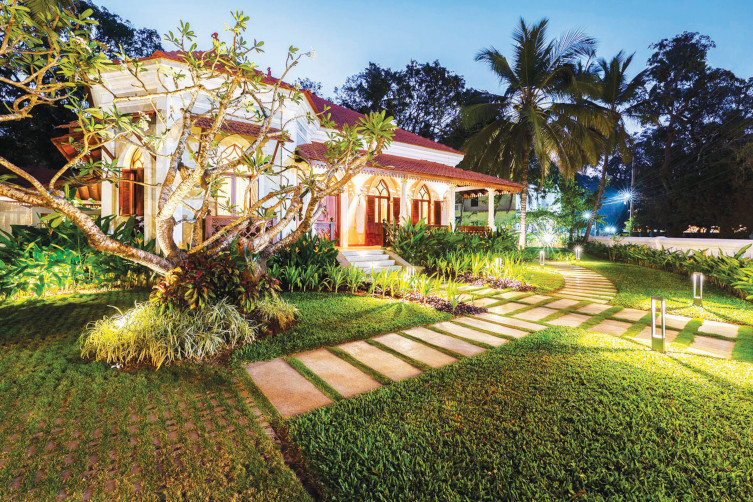
Reimagined brandscape
As IHCL enlarged its footprint, it transitioned from a branded house to a house of brands — the luxurious Taj, the signature SeleQtions, the sophisticated and upscale Vivanta, the lean luxe Ginger and experiential homestays of amã Stays & Trails. Giving guests a chance to experience its brands across multiple touchpoints has worked well for the company in building a larger hospitality ecosystem.
As per the HVS Anarock Indian Hospitality Overview, IHCL was ‘the highest growth hospitality company in India 2020-21’. In 2022, it once again achieved the highest number of new hotel signings and openings, expanding the portfolio to 250 hotels. This includes an industry‑leading pipeline of over 65 hotels across brands, cementing its position as India’s fastest growing hospitality company.
In recent years, IHCL has reimagined its leading brands like The Chambers, the exalted business club at iconic Taj hotels; TajSATS, the air catering service; Jiva Spa; and Khazana, the luxury lifestyle stores located at select Taj hotels. It has also pivoted with agility to introduce new brands and services like Qmin, the food delivery app; niu&nau, a reimagined beauty salon; Soulinaire, an industry-leading food and beverage innovation offering bespoke kitchen service; and INNERgise, curated and immersive wellness experiences at serene locations.
The IHCL of today aims to provide the kind of world-class service that never gets old alongside the elevated and customised customer experience that meets the demand of modern patrons. To achieve this, it has accelerated digitalisation, which helped it launch Qmin in just 90 days at the peak of the lockdown in 2020. It has integrated its products and services with Tata Neu, the Tata group’s super app. And it is effectively leveraging One Tata synergies by collaborating with group aviation companies for curated trips, joint promotions and air catering.
In 2022, IHCL levelled it further up by launching Ahvaan 2025 — a strategy based on responsible profitable growth. Under this plan, it aims to build a portfolio of 300 hotels, grow amã Stays & Trails to 500 properties, expand Qmin to 25+ cities by 2025 and continue to march forward as an industry leader.
—Farah Dada



















